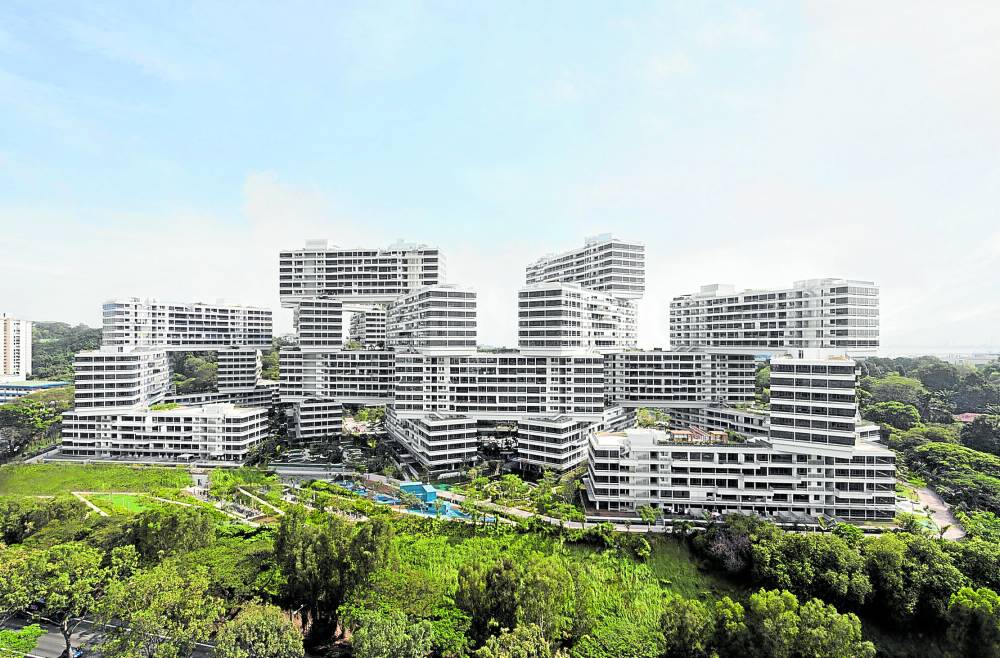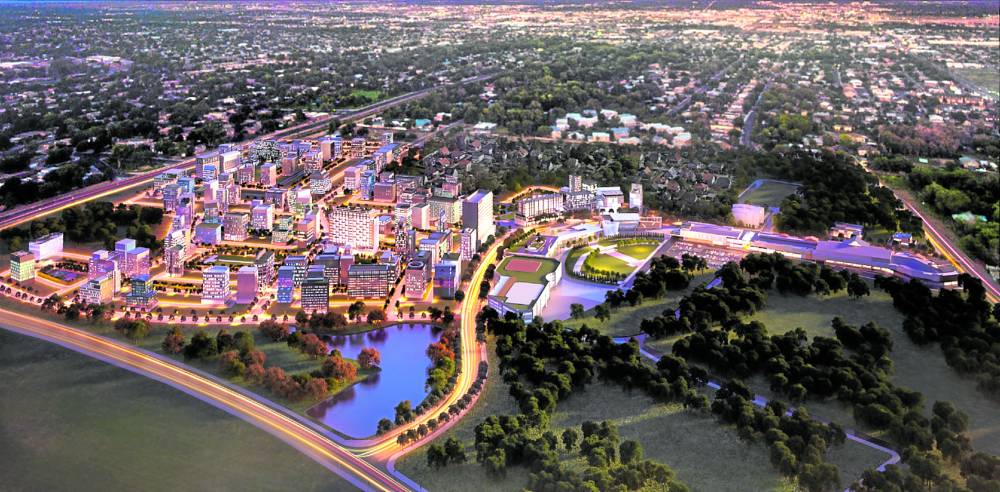For decades, the suburban dream has been synonymous with single-family homes, spacious yards, and quiet neighborhoods.
But as urbanization accelerates and sustainability becomes a pressing concern, a new and taller suburban dream is emerging.
Vertical suburbs, typically associated with urban cores, are redefining the provincial ideal. These high-density, multi-story developments offer a mix of residential, commercial, and recreational spaces, providing a fresh perspective on outskirts living and addressing the growing demand for housing.
Vertical suburbs

Vertical suburbs, typically associated with urban cores, are redefining the provincial ideal. (HTTPS://NODE210159-ENV-6616231.J.LAYERSHIFT.CO.UK)
Rapid urbanization continues to push the boundaries of cities, resulting in the ever growing demand for housing. As populations expand, suburbs become the next frontier for accommodating this growth.
But instead of extending farther outward, which consumes large amounts of land and resources, vertical developments allow for efficient land use by stacking residential units and amenities within a smaller footprint.
These vertical projects often feature mixed-use designs, blending living spaces with shops, offices, and recreational areas. By replicating the vibrant, walkable environments of urban centers, these provide suburban residents unparalleled convenience and accessibility, enhancing their living experience.
New investment opportunities
As populations expand, suburbs become the next frontier for accommodating this growth. (HTTPS://WWW.POINT2HOMES.COM)
While city centers often reach their development capacity, relatively lower-density suburban regions provide the ideal environment for vertical expansion. These areas benefit from growing populations, particularly as remote work continues influencing migration patterns out of city centers.
As younger demographics and professionals seek more affordable living options with access to urban conveniences, vertical developments in suburbs are perfectly positioned to capture this trend.
Diversified revenue streams
Mixed-use vertical developments are also highly appealing because of the multiple revenue streams they provide. With a combination of residential, commercial, and recreational spaces, investors benefit from a more diversified asset.
Commercial spaces generate steady rental income from businesses, retail, and office tenants, while residential units provide consistent cash flow from long-term leases. This mix insulates investors from market volatility, as commercial and residential demand often fluctuates independently.
This hybrid model of living, facilitated by vertical developments, combines the best of both worlds. (STHAPATI VIA HTTPS://WWW.LINKEDIN.COM)
Increased property value, resilience
Unlike single-use suburban developments that may be vulnerable to shifts in housing demand, vertical projects can pivot to meet new market needs.
Whether converting spaces for co-working, health services, or alternative uses, vertical developments offer a level of flexibility that keeps them relevant and profitable over time, instilling a sense of adaptability and resilience in the community.
Blurring the urban-rural lines
These vertical projects often feature mixed-use designs, blending living spaces with shops, offices, and recreational areas.
Suburbs are increasingly adopting characteristics of cities, such as density, walkability, and mixed-use design. Urban centers incorporate elements once exclusive to suburban life, such as green spaces and quieter residential areas.
This hybrid model of living, facilitated by vertical developments, combines the best of both worlds. Residents enjoy the tranquility and space associated with suburban life while benefiting from urban environments’ conveniences and community features.
As preferences shift toward walkable, self-sufficient communities, vertical developments are set to play a crucial role in shaping the future of suburban living, creating a sense of anticipation and excitement among the audience.
The author (at www.ianfulgar.com) is a leading architect with an impressive portfolio of local and international clients. His team elevates hotels and resorts, condominiums, residences, and commercial and mixed-use township development projects with innovative, cutting-edge design and business solutions that have garnered industry recognition, making him the go-to expert for clients seeking to transform their real estate ventures


